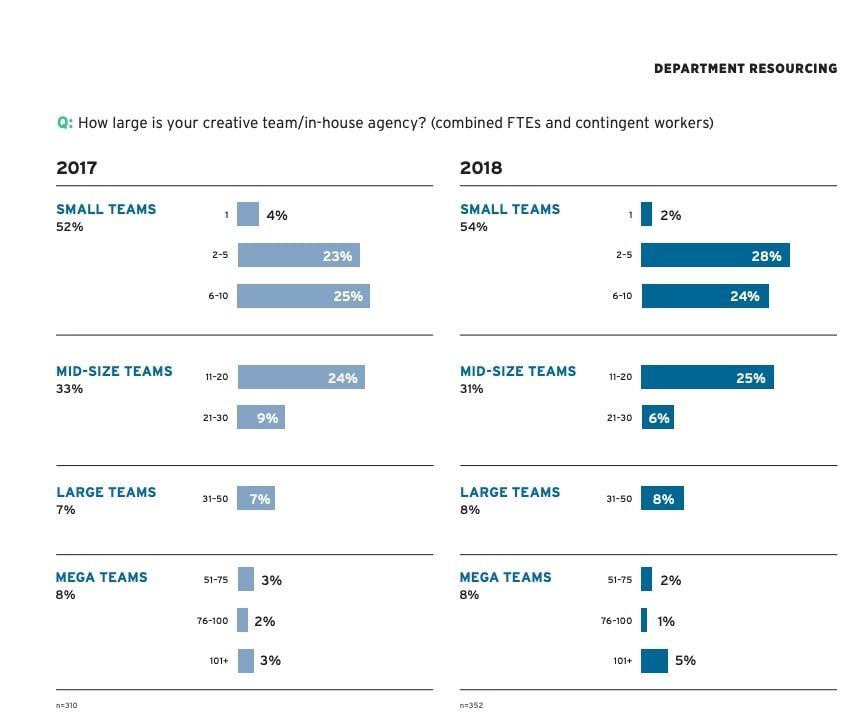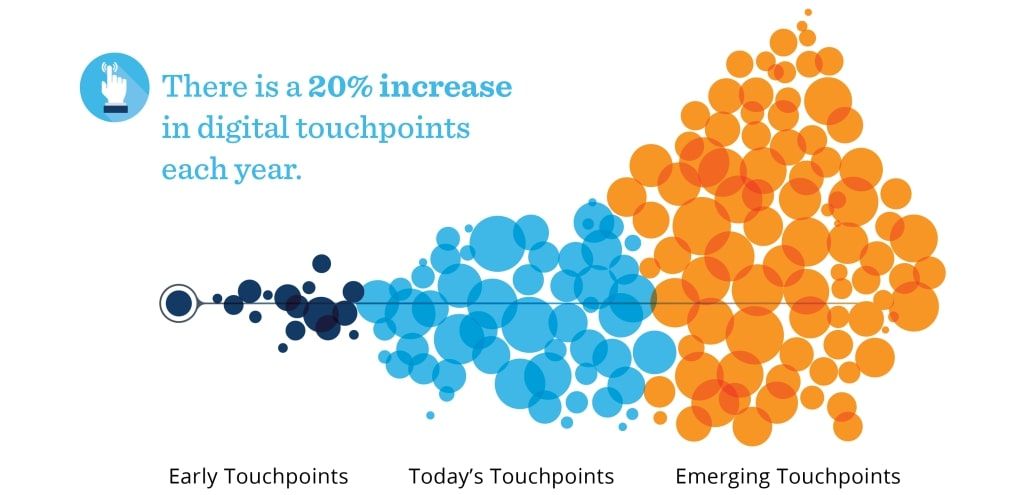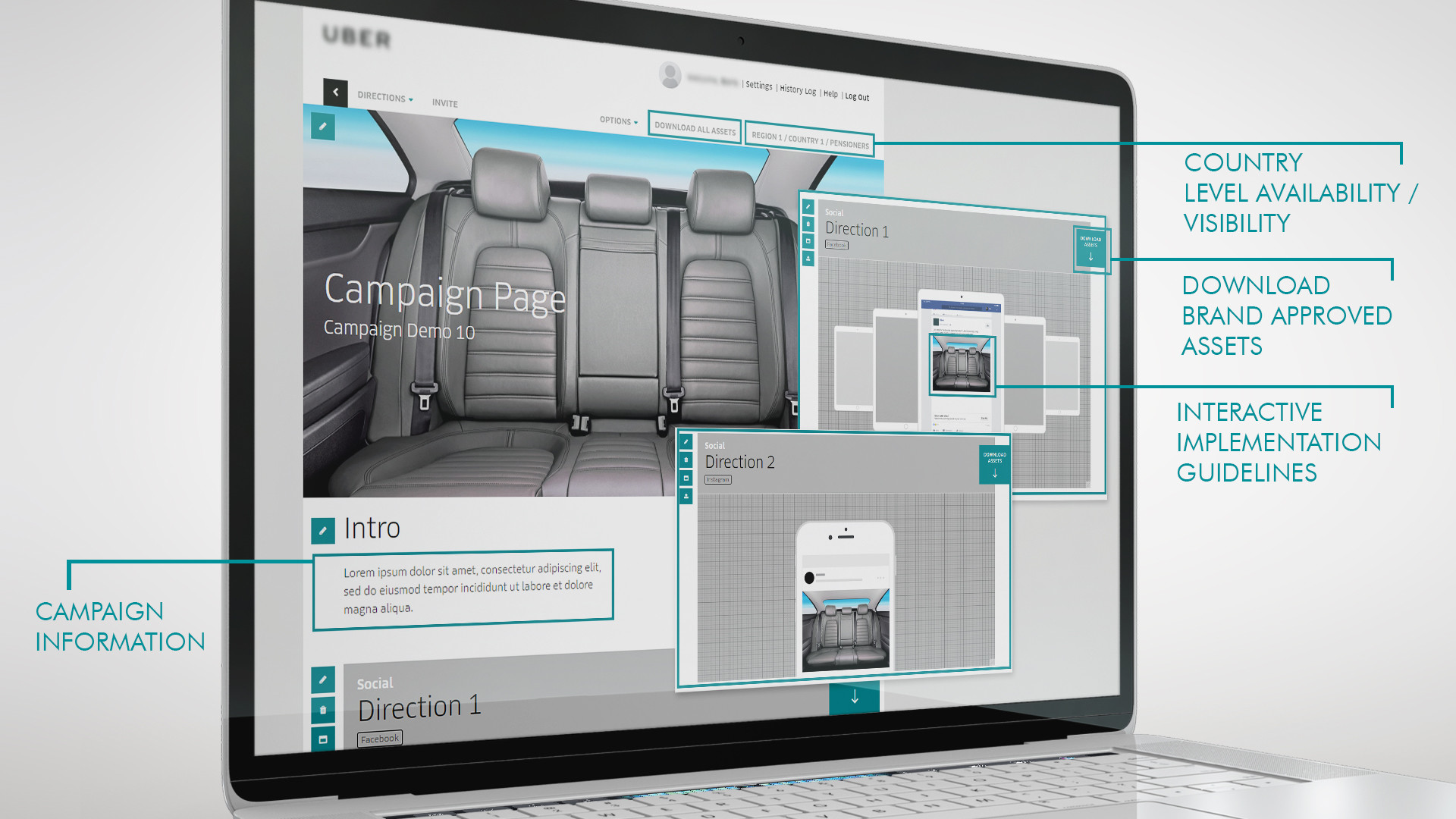We specialise in serving headquarters of global brands, helping them cut complexity costs in strategy execution across markets and fulfil their corporate role as scale economisers and advantage accelerators. Leverage our consulting expertise, technology solutions and remote talent resources to create organisational simplicity, scalability and efficiency in multi-market operations.
Transforming global brand marketing, creative and eCommerce function into a competitive advantage
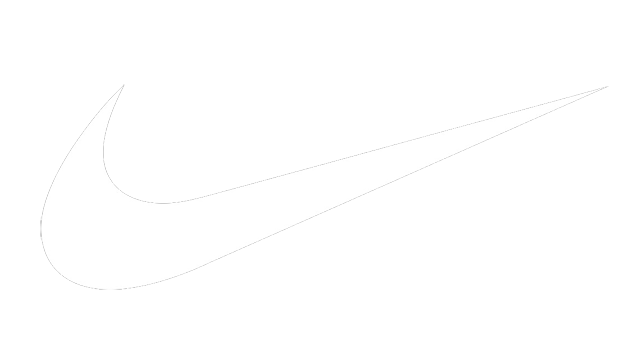 (EMEA) 14 markets
(EMEA) 14 markets
 (EMEA) 47 markets
(EMEA) 47 markets
 (EMEA) 17 markets
(EMEA) 17 markets
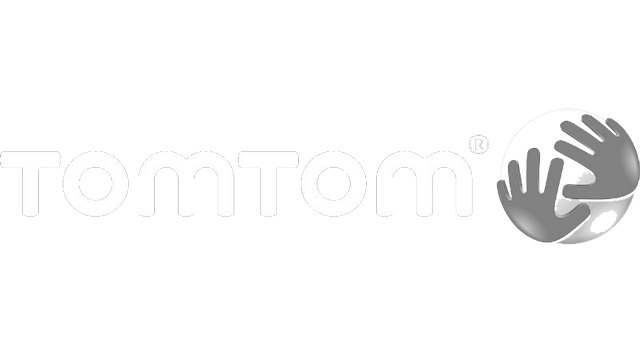 (WHQ)
(WHQ)
Growing Brand Content Needs and Growing Brands' In-House Teams
"At the end of the day, you need content. We need more and more content to keep alive the emotion that we offer to our customers." This quote by Bruno Pavlovsky, a president of fashion at Chanel, in an interview for Business of Fashion magazine, encapsulates what was the effect of changing customer behaviour on global brands. Change in technology triggered the change of consumer behaviour, digitising the consumers' paths-to-purchase and buying habits. At the same time, technology driven fragmentation of media landscape caused a proliferation of digital brand touchpoints and digital screens through which brands must reach customers. This, business environment change, eventually triggers internal capability change or adjustment to new market conditions if companies want to thrive in new market condition. Fast paced digitisation and digitalisation of marketing environment for global organisations created an urgent need for incubation or acquisition of digital capabilities.
Fast paced digitisation and digitalisation of marketing environment for global organisations created an urgent need for incubation or acquisition of digital capabilities
Even though initially digital brand and creative content capability gaps were bridged by extending agency rosters, this proved to be economically and operationally unsustainable model for majority of global brands. While agencies were definitely able to plug the capability hole for some time, they also made a couple in corporate marketing budgets. Keeping pace with online consumers who expect new content each time they refresh their feeds comes with a price. High paced, high volume brand content creation agency production support meant high agency fees. The cost of working with long-list of highly specialised agencies came at a management price too, and in some cases with discrepancies in brand consistency as well. In one of the the Campaign US magazine's events titled 'Breakfast Briefing', Theresa McDonnell, director of digital content and editor of U-Studios for Unilever North America, said it also used to work with an "enormous number of agencies – at least 1,500" and it has consolidated that number.
While agencies were definitely able to plug the capability hole for some time, they also made a couple in corporate marketing budgets.
Fact that demand for content via digital channels was exploding, the only sustainable solution in the long-run was creation of in-house creative capabilities. Dawn of the "Era of In-housing" was discussed during a one-day in event focused on how to grow your in-house agency organised by "The Drum", a global media platform and the biggest marketing website in Europe. Over the past few years, many brands have been opting to go in-house with creative and media capabilities and among those who are reaping the benefits are Unilever who saved more than €500m (£430m) on marketing in 2018, as they take more content in-house. Driven by cost reasons, ushered in by Unilever, whose global in-housing move marked the redefinition of relationships with agencies worldwide, the in-housing movement picked up pace with Lego following suit, and many others like TUI, Verizon, Pepsi etc. A 2018 report of Association of National Advertisers (ANA), a marketing community in the United States, comprised of more than 1,100 leading companies, representing estimated 25,000 brands that collectively spend $400 billion in marketing and advertising each year, revealed that almost 80% of members have some form of in-house agency.
The study also found that the number has grown substantially over the past five years, with rapid increase in 2018. This is compared to 58 percent of marketers who took some form of advertising in-house in 2013, and 42 percent in 2008 — the last two times the survey was conducted. Around 45 % of respondents established their in-house agency within the past five years. So, within last 10 years, 68% have started an in-house agency, while 45% of those, has done that within last 5 years. Growing content needs meant growing in-house creative teams.
Growing content needs meant growing in-house creative teams.
Growing Teams means Growing Pains
It’s no secret that many brands are benefiting from moving work in-house—it cuts agency fees and allows clients to more efficiently combine creative and business talent under one roof, However, such fast paced incubation of new capabilities, through acquisition of new people and formation of new departments, can't go without challenges of its own. Growing teams, means growing pains. Problems that characterise the rapid growth phase of startup businesses are same across the board for any type of startups.
It’s not uncommon for a team of fewer than 10 creatives to support the demands of 50+ stakeholders in business with $500 million or more in revenue.
Even if it is a case of a corporate startups - a new department being formed from scratch that needs to define its market positioning internally and externally, win clients and be profitable or better said sustainable. Completely new creative brand or agency departments or those that exploded in terms of new team members within large global organisations are startups in many if not all of the aspects. They might even have more challenges, as they need to position themselves internally, without breaking too many established conventions or ways of working, office politics and established corporate culture. Growing at a fast pace has an obvious problem of attracting and retaining top creative and brand talent. Agencies still offer the lure of unbounded creativity, client and project variety and quirky culture, work environment and social network dynamics that usually is appealing to creatives, especially young ones.
Illustration : Growing in-house creative teams
Growing workload isn't reflected in equally growing headcount.
However, creative in-house agencies, are lately managing that problem as they offer work security and are producing better work. Majority of growth related challenges for in-house agencies and in-house creative brand teams come from within. "2017 In-House Creative Industry Report" published by Cella Consulting notes of growing accountability in-house team face, for brand they serve and companies they work for. With growing accountability comes an increased workload, but most of the respondents note that growing workload isn't reflected in equally growing headcount. As they were initiated mostly due to cost cutting reasons while valuing integration benefits, in-house creative teams are pressured by efficiency imperative. Small creative teams serve many stakeholders in performing important work. It’s not uncommon for a team of fewer than 10 creatives to support the demands of 50+ stakeholders in business with $500 million or more in revenue.
Creatives are putting out fires and doing not just creative work, but project management work, for which they are neither equipped nor signed up for.
It’s often the smaller in-house studios that are under pressure to complete a growing number of projects with the same amount of resources and budget. Being so close to the business, being part of the company, and having go-to-market speed as as imperative, brings another layer of challenges - perception of infinite internal resources, marketeer's request and last minute changes which take the toll both on resources and on morale. Heavy workloads and poor planning leads to stressed studio teams, which is exacerbated by improper digital enablement where heavy reliance on spreadsheets to manage projects and resources can result in more work for creative teams. Because of inadequate digital enablement of the newly founded team, definition and implementation of processes and standard operating creative procedures, creatives are mostly busy putting out fires and doing not just creative work, but project management work, for which they neither equipped nor signed up for. Inefficient tools are making more work for creative teams rather than streamlining the process. Creative team members — creative directors, account managers, graphic designers — are spending time on tasks that are clearly operational, leaving less time for creative pursuits.
Problem is that standard operating procedures, workflows and systems are usually just an afterthought
Members of in-house creative teams say the biggest challenge they face is the speed at which they are expected to work, according to recent research from inMotionNow and InSource. The report was based on data from a survey of 400 professionals who work for in-house creative teams at brands. Respondents said the top challenges they face are keeping up with the speed of work and keeping up with the the volume of work. Problem is that standard operating procedures, workflows and systems are usually an afterthought and come into play when a creative services group’s volume of work is significantly increased, and so is its size. But if implemented early, these tools provide transparency, clarity of roles and responsibilities, automated support and efficiencies, resulting in increased productivity — and a stronger foundation to support growth.
In-House Brand Creative Team's Global Operations Challenges
Problem of brand creative content demand growth which outpaces the headcount growth is obvious by looking at reported average creative team sizes. Data from reports reveals that majority of brand creative in-house teams are fewer than 10 full time employees. For really big, global organisations and global brands those might climb to 25-30 team members. Very few rise above those numbers. Businesses are highly dependent on small creative teams that serve large and complex ecosystem of stakeholders.
Highly paid creative professionals are trapped in email micro-management of administrative tasks instead of value adding strategic brand creation.
Aside of creative and brand excellence, procurement & brand creative supplier management, in-house brand creative teams are expected to fulfil roles of creative operations excellence and project delivery excellence. In-house brand creative team needs to lead global creative operations excellence - develop and governs the use of tools, platforms, processes, performance management approaches and other operational best practices designed to enable high-quality, timely, and cost-effective creative execution across countries. One of its roles is also to direct, project manages and executes the delivery of high-quality, timely, and cost-effective creative and content assets as needed at the corporate and product levels of the organization. This is accomplished through both managing the in-house creative team and the company’s portfolio of 3rd-party suppliers
2018 In-House Creative Industry Report - Department Resourcing Report
With continuously rising heterogeneous brand content market demand streams, communication of campaign details and creative direction becomes a constant challenge
Complexity takes a completely different and new meaning for those who in-house brand creative teams who work in global organisations and serve global brands. Not only does complexity and demands rise because of the sheer number of stakeholders involved and brands managed, but also because of the fact that they operate across multiple countries, geographies and timezones. As it is based on a single global creative that needs to be replicated across markets, global brand campaign execution is a geographically dispersed organisational activity whose success requires brilliant implementation of materials conforming to established brand guidelines. Because execution happens through intense time sensitive coordination and communication across geographical locations between countries, partners and vendors, benefits of global brand as a marketing strategy - lower marketing costs, can be often offset by higher management costs - which is known as “global brand paradox". With continuously rising heterogeneous brand content market demand streams, communication of campaign details and creative direction becomes a constant challenge. As headquarter teams are unable to systematically cope with operational and administrative load, foundation of global branding - brand consistency across markets may starts to erode.
As headquarter teams are unable to systematically cope with operational and administrative load, foundation of global branding - brand consistency across markets may starts to erode
The organisational complexity is nowhere more present than in global organisations that follow global brand as a marketing strategy with headquarter leading, global-to-local execution model. For a campaign to be executed, brand creative team needs to work with brand marketeers in headquarters, but also those across regions and countries. It is within these campaign launch time bound upstream and downstream (from headquarter to countries and vice versa) that most of the waste happens as it is done either through email chains or through different type of project management tools that weren't designed with brand creatives in mind or creative work in mind. One of the examples of these tools which even though functional, sometimes even favoured by IT department, simply weren't designed for visually sensitive brand creative professionals nor for brand creative type of work. Creative Industry Reports from past two years stress that "While technology complexity is increasing, creatives still desire simple, yet aesthetically pleasing tools with which to work with".
In-house brand creative team needs to lead global creative operations excellence
Located at global or regional headquarters the mission of brand-creative in-house teams is to consolidate creative operations into a single creative centre of excellence that supports & guides local business units (countries) in brand creative campaign implementation. Country content request and country brand creative content implementation and adaptation requests if not systematised properly can cause havoc for internal in-house brand creative team's scheduling and put a major strain on already limited resources. With exponentially rising number of digital touchpoints, business process management technology unsupported global branding function and global brand campaign execution means only one thing : email chaos, asset chases, online conferences with marketeers across the globe and late nights at the office.
Process driven digital enablement of branding and global creative operations seems to have bypassed even biggest and very brand driven organisations.

Global branding execution as a process is a complex system where geometrically rising number interactions between elements and participants create exponentially rising complexity costs. (In)visible results of organisation induced complexity are hundreds of thousands wasted hours in misalignments between organisational levels (Global - EMEA - Country - Retailers) that take shape of continuous email chains of disconnected information, asset chases and late nights at office. Misalignments also often lead to last minute launches which create additional load on in-house brand creative teams. Aside of waste of time, energy, process data (operational insights) and money, significant opportunity costs arise due to the fact that highly paid creative professionals are trapped in email micro-management of administrative tasks instead of value adding strategic brand creation.
For most if not all global brand organisations - most common 'brand creative operations' software is 'Microsoft Outlook' inbox.
Process driven digital enablement of branding and global creative operations seems to have bypassed even biggest and very brand driven organisations. Digital evolution seems to have happened only up to the level of DAM solutions - which are basically just digital warehouses for storage of assets. However, operations which involve actual steps of branding, workflows, and especially top-level ones - between geographically dispersed organisational levels which work as virtual teams in global campaign execution, still rely on email as a 'branding software'. That is why, for most if not all global brand organisations - most common 'branding software' is 'Microsoft Outlook' inbox.
Digital evolution seems to have happened only up to the level of DAM solution
Global Brand Creative Operations Excellence - Effectively Manage The Relationship with Local Business Units.
SO DIGITAL GLOBAL BRAND CONTENT EXCELLENCE PLATFORM helps in-house brand creative teams of global brands effectively mange the relationship with local business units in terms of creative brand direction, campaign content demand streams, local adaptation request and worldwide learning.
Aesthetics & Visibility
Campaign project details, brand content and brand creative implementation guidelines are merged together and made available within aesthetically pleasing and highly functional design context that enables quick access and visibility of available materials for download and implementation locally.
Market Visibility & Country Content Systematisation
Our solution leverages technology to systematise and simplify market-by-market visibility and availability of brand approved campaign directives and brand content while providing scalable digital production support resources of principal partnership agency for tier 2, tier 3 content design execution and/or adaptation requests by markets / stakeholders.
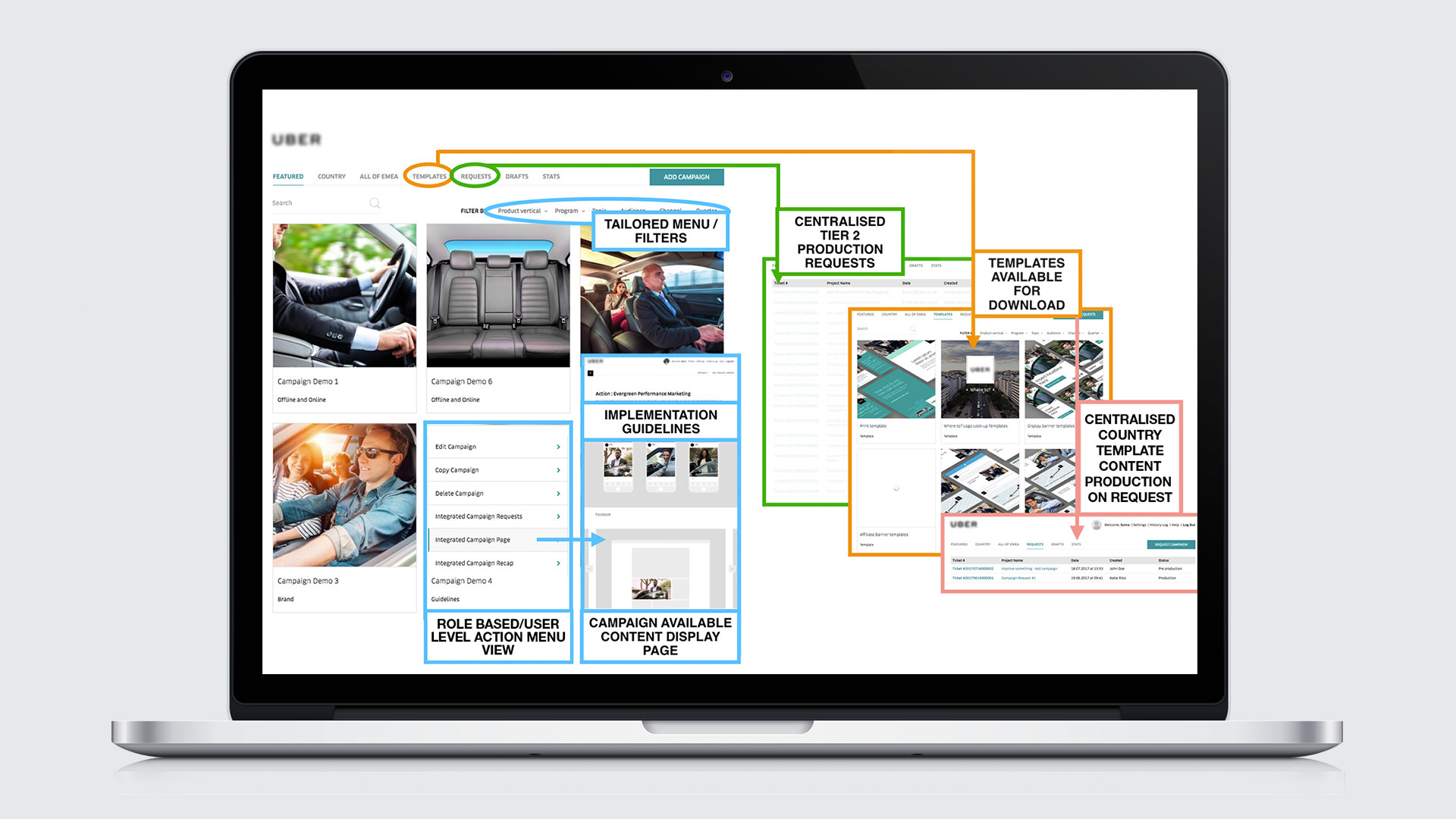
Creative Direction & Campaign Launch Details
Campaign project details, brand content and brand creative implementation guidelines are merged together and made available within aesthetically pleasing and highly functional design context that enables quick access and visibility of available materials by countries and remote marketeer teams for download and implementation locally.
Country - by - Country Access / View to Content
Country / user level specific view to the platform content ensures content access speed & relevance while having campaign creative guidelines sortable and visually presentable per multiple editable criteria cuts target campaign search time.
Campaign & Campaign Directives Management
Unlike DAM solutions whose structural logic stems from individual asset / file management, SO DIGITAL BRAND CONTENT EXCELLENCE usage architecture resides on campaigns and campaign directives management, within which individual assets are made available for download. Management of campaign directives & campaigns and not assets.
Digitisation of Workflows between InHouse Creative Team and Principal Partnership Agency
Functional operations with client/stakeholders and principal partner agency are completely digitised and translated to platform interface which enables data driven learning and continuous improvement of creative operations.
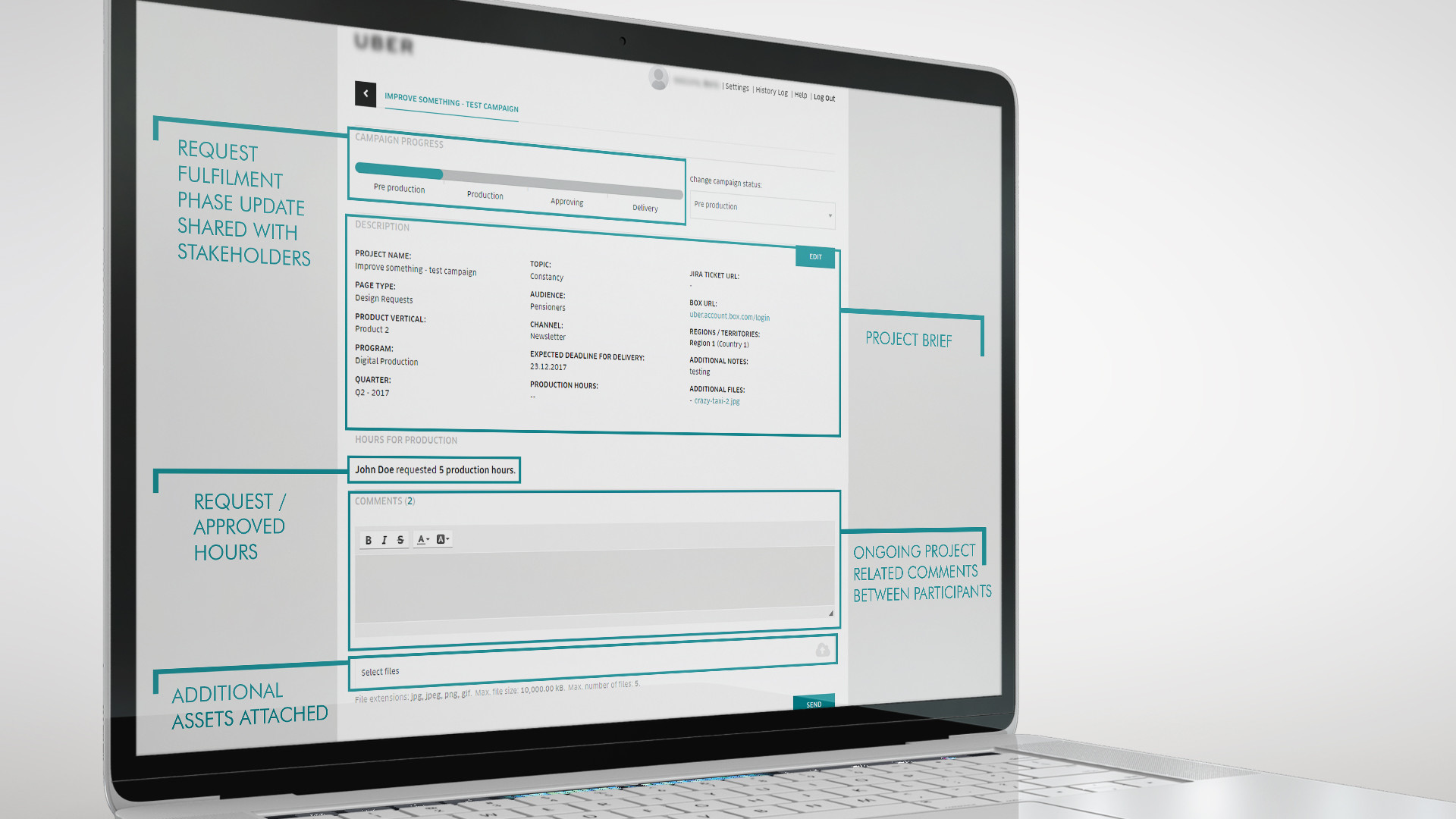
Both Supply & Demand Digital Structure = Creative Operations Scalability
As platform introduces structure both on the content supply side and content demand side, creative in house teams are relieved from repetitive communication and operational project administration tasks can provide scalable creative brand excellence support as a foundation for brand growth.
Contact us today for a no-commitment walk through of SO DIGITAL platform solutions implemented for clients like Nike EMEA and Uber EMEA.
---------------------------------------------------------------------------------------------------------------
References :
Danielle Gibson, The Drum, "The era of in-housing? Spotify, News UK, TUI and Oliver wade into the debate" https://www.thedrum.com/news/2019/03/26/the-era-housing-spotify-news-uk-tui-and-oliver-wade-the-debate
Vikram Alexei Kansara , Business of Fashion, "The Digital Iceberg" https://www.businessoffashion.com/articles/fashion-tech/the-digital-iceberg-luxury-fashion-marketing
Gideon Spanier : "6 key in-housing lessons brands and agencies have learned" https://www.campaignlive.com/article/6-key-in-housing-lessons-brands-agencies-learned/1520789
Oliver Mcateer, CampaignLive.uk : "Number of in-house agencies rise dramatically, ANA study finds" https://www.campaignlive.co.uk/article/number-in-house-agencies-rise-dramatically-ana-study-finds/1496178
Jodie Byass, Digital Doughnut, "Top 5 Challenges Faced by In-house Agencies" https://www.digitaldoughnut.com/articles/2016/june/top-5-challenges-faced-by-in-house-agencies
The BOSS Group and Cella Consulting, LLC. 2018 In-House Creative Industry Report, May 2018.




